A Tool Beyond Healing
EMDR (Eye Movement Desensitization and Reprocessing) is often viewed as a trauma-focused therapy. While it is highly effective for processing distressing memories and symptoms, its benefits don’t stop there. EMDR also supports clients who are not in crisis, but want to grow, perform, or move beyond long-standing internal blocks.
Growth is not only about learning something new. Sometimes, it is about unlearning what no longer serves. EMDR helps the brain do that work in a deeper, more integrated way.
High-Achievers and Internal Barriers
For individuals who appear high-functioning on the outside, inner roadblocks often remain hidden. Self-doubt, imposter syndrome, fear of failure, or unconscious perfectionism may quietly drive behaviors. These patterns often stem from early messages or subtle past experiences that never fully resolved.
Clients may not identify with the word “trauma,” yet they find themselves stuck in loops they cannot logic their way out of. EMDR can access these loops and offer relief, clarity, and new internal grounding.
It is not about rehashing every detail of the past. It is about identifying the memories, beliefs, or sensations that still carry emotional charge and allowing the brain to release what no longer fits.
Practical Goals, Personal Results
EMDR can be applied to situations such as:
- Preparing for high-stakes presentations or interviews
- Navigating career transitions or leadership roles
- Releasing limiting beliefs around self-worth or failure
- Addressing anxiety around visibility or success
- Building internal confidence and emotional regulation
These are not crisis moments. They are growth moments. EMDR gives clients the capacity to meet them with less resistance and more alignment.
Why EMDR Works for Growth
The brain stores experiences through networks. Some of these are adaptive and empowering. Others are outdated and protective. EMDR uses bilateral stimulation to access these networks and reprocess memories or beliefs so they no longer hold the same emotional intensity.
This process is not about fixing what is broken. It is about clearing space for what is ready to emerge. Clients often describe feeling lighter, more centered, or more connected to their values after sessions. They begin making decisions from clarity rather than fear.
A Different Path to Personal Development
Therapy does not always begin with a crisis. Sometimes it begins with a desire to know the self more fully. EMDR supports that journey by helping the nervous system let go of old fears and expand into new capacity. It creates room for growth that feels earned, embodied, and sustainable.
Growth is not just possible. It becomes inevitable when the path is no longer blocked.


